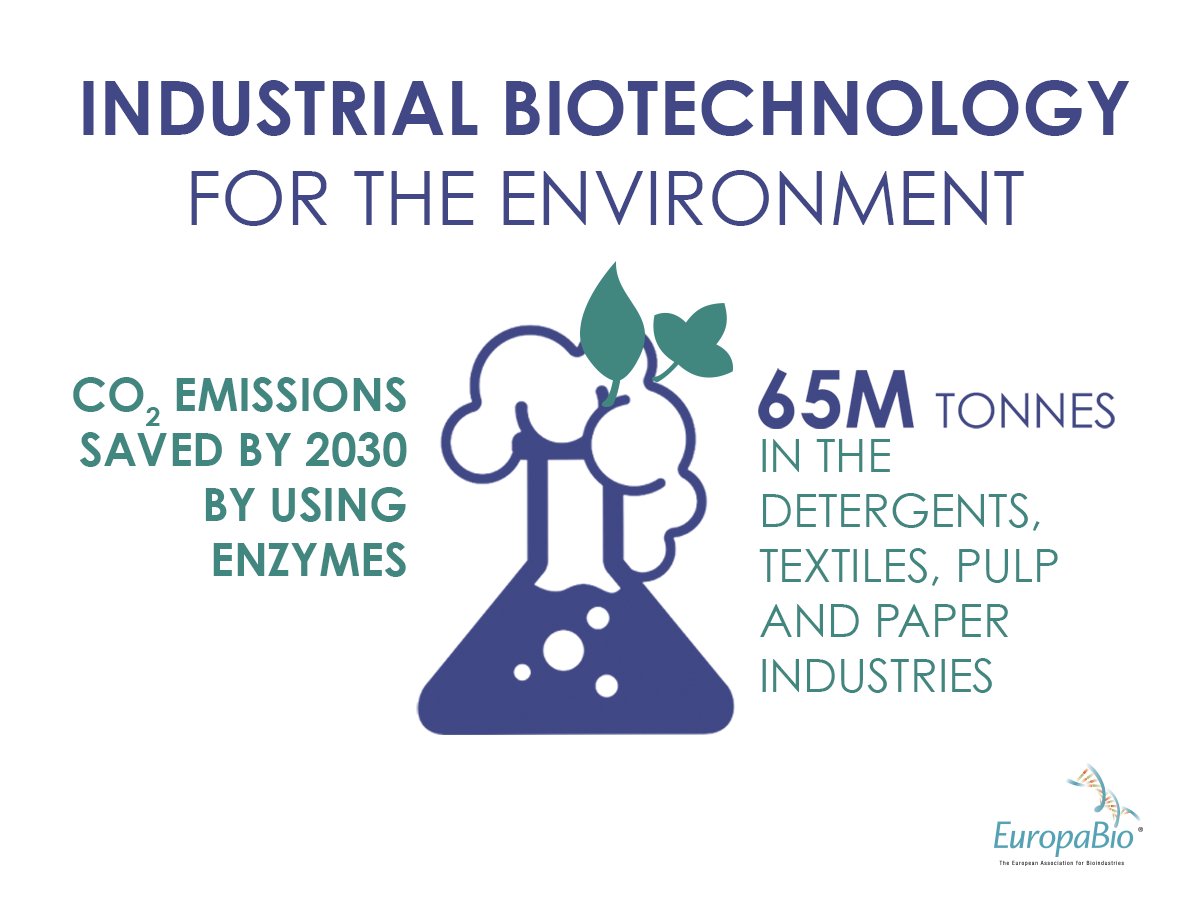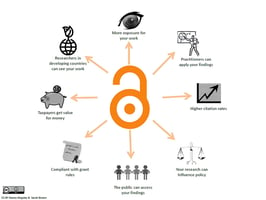←Back to resources American CO2 emissions are currently on track to fall just 15% below 2005 levels...
How scientists in surprising fields are fighting the climate crisis
←Back to resources
Anticyclone “Lucifer” raged across Europe in the summer of 2021, bringing devastatingly hot temperatures and rampaging wildfires to southern Europe. In fact, Sicily may have recorded Europe’s highest temperature ever, at nearly 120 degrees Fahrenheit.

Meanwhile, a heatwave in the Pacific Northwest killed hundreds. Extreme conditions in the American west may be causing its most beloved trails to be impossible to hike. And the latest science has revealed that one of the Atlantic ocean’s most critical current systems may be close to collapse. The time to act drastically on the climate crisis is now.
Scientists have been studying and working on climate change for decades, and it’s not just environmental scientists involved in this fight. Scientific research in surprising fields, ranging from medicine to nanotechnology, is at the forefront of combatting global warming.
Here are five unique ways and fields that scientists are addressing the climate crisis.
Medicine

The climate crisis intersects with public health in a major way. With longer fire seasons becoming a reality in dry climates around the world, researchers at UCLA’s Center for Healthy Climate Solutions and Climate Resolve are partnering up to shed light on the mental and physical health impacts of wildfires.
“Living under the lockdowns of the COVID-19 pandemic gives some sense of what this is like,” said Eisenman, who has studied the aftermath of disasters from Hurricane Katrina in 2005 to the 100,000-acre Woolsey Fire in 2018. “The isolation from community and the dread that leaving the house to go into the world outside is fundamentally dangerous – this might sum up the isolating and fearsome experience of the pandemic and persistent wildfire smoke events.”
The team’s initial review discussed the potential health effects of fine particulate air pollution and whether smoke from wildfires may have similar toxicities, which would result in additional physical and mental health impacts. But there is much more research to be done, and now scientists will be tackling the effects of prolonged smoke on both physical and mental health.
In addition to the health impacts of climate change, researchers have also started to tackle the medicinal and health industry’s own climate footprint. For example, a large-scale study recently published in The Journal of Climate Change and Health found that an increase in telehealth use in the Pacific Northwest corresponded to a dramatic decrease in transportation-related greenhouse gas emissions. The study found that a decline of in-person visits by 46% and increase of telehealth visits by 108% resulted in nearly a 50% reduction in greenhouse gas emissions from patient travel.
Two factors that the study did not take into account are the additional emissions attributed with using computer equipment and the decreased commuting by healthcare providers working from home. The latter in particular suggests that the 50% reduction could be an underestimation.
Biotech

Biotech is another field that is very much directly linked to environmental challenges. One of the biggest climate-related initiatives in the biotech sphere is breeders’ ongoing attempt to engineer crops that can efficiently sequester carbon dioxide from the atmosphere.
“Carbon sequestration is the process of capturing and storing atmospheric carbon dioxide. It is one method of reducing the amount of carbon dioxide in the atmosphere with the goal of reducing global climate change,” explains David Crisp at NASA’s Jet Propulsion Laboratory in Pasadena, California. Removing CO2 from the atmosphere is an essential means to reduce the effects of carbon emissions.
The benefits aren’t just related to global warming. Carbon farming works by sequestering atmospheric carbon into the soil, which results in better plant growth, improved soil water-retention, and less need for fertilizer.
At the Salk Institute for Biological Studies, researchers with the Harnessing Plants Initiative are working on developing plants that will store more carbon in the soil—known as Salk Ideal Plants. These teams of researchers use genome sequencing technology and computational biology to uncover how genomic differences enable plants to exploit their environment, including by capturing carbon.
This is a growing field that still has a lot of room for discovery. Results published earlier this year have shed light that suberin, the “biopolyester” of plants, does in fact have a role to play in keeping CO2 gas inside of plant cells.
“The idea is that if we can get plants to pull CO2 out of the atmosphere and deposit it in their roots, they will, in essence, be pumping CO2 into the soil where it can be stored,” Julie Law, an associate professor at Salk Institute, says. Plants with bigger root systems deeper underground, containing more suberin, could result in moving a larger amount of carbon into the soil.
Biotechnology can also help agriculture become more carbon-efficient with gene-editing technology.
For example, a potential use of the gene-editing technology CRISPR is to genetically modify plants to help them deal with drought conditions or provide them with protections from pests.
Mathematics and Engineering

Mathematics, on the other hand, is on the surface a very different field from environmental science. But mathematical models hold great importance in the life sciences, and some of the most practical applications of mathematical models deal with addressing climate change.
New mathematical models developed at the University of Pennsylvania can simulate the occurrence of tsunamis caused by collapsing glaciers, or glacier calving. This is a brand new area of research. Penn engineers modeled the ice fracturing mechanics within glaciers, the fluid dynamics of the surrounding ocean water, and the interaction between the two forces to predict tsunamis caused by glacier calving.
While abstract mathematical theorems might be a far cry away from addressing climate change, it will be crucial for scientists to continue to develop mathematical models that can explain the new environmental phenomenon that climate change will bring to our world.
Nanotechnology
%20in%20Lake%20County%2c%20Illinois%2c%20USA.jpeg?width=960&height=640&name=Prairie%20marsh%20in%20springtime%2c%20Moraine%20Hills%20State%20Park%20(formed%20by%20glaciers)%20in%20Lake%20County%2c%20Illinois%2c%20USA.jpeg)
Nanotechnology, a promising but at this point long-developing field, hasn’t made the top science headlines as much as AI and other breakthrough technology. But nanotechnology has some intriguing energy and climate applications.
As with biotechnology, one of the biggest potential impacts is in agriculture. A combination of artificial intelligence and nanomaterials has the potential to allow farmers to make changes in real time to crop growth to adapt to climate issues with precision agriculture.
Many climate plans require reforestation, which reduces the available land for agriculture. If these plans are followed, reduced land from agriculture makes it more vital to be able to feed an increasing population with a decreasing area, and with less fertilization, as well. Nano fertilizers and pesticides are one of several prospective areas of development.
This potential is still untapped, but in the summer of 2021, a breakthrough study at the University of Birmingham highlighted the necessary steps to make this a reality, which include to:
- Understand how nanomaterials interact with roots, leaves, and soil in the long-term
- Assess the life cycle impact of nanomaterials in the agricultural ecosystem
- Use AI and machine learning to identify key properties to control the behavior of nanomaterials in agricultural settings
Outside of agriculture, one exciting breakthrough that highlights the extraordinary potential of nanotechnology came from a team of researchers at Tel Aviv University. This team is developing a technology that makes it possible to generate an electric current inside the body by activating various organs through mechanical force. This technology would make the need for batteries in pacemakers, etcetera, obsolete.
A similar study, led by researchers in Ireland, China, and Australia, showed how to create tiny electricity-producing structures with nanotechnological tools a mere hundreds of nanometers large. Such electricity producing technology can be powered by heartbeats, jaw movements, bowel movements, and more.
Energy use in crypto

Cryptocurrency has become infamous for its energy inefficiency. Estimates show that bitcoin alone adds 40 million tons of carbon dioxide to the atmosphere each year. So researchers have turned to developing green cryptocurrency mining solutions.
Notably, newer blockchains are shifting to a more energy-efficient systems known as “Proof of Stake” (or Pos). While traditional cryptocurrencies require energy-intensive “Proof of Work” systems to operate that involve solving cryptographically hard puzzles with computational resources, in PoS, miners with a verifiable stake in the ecosystem are given the authority to authorize a new coin. This saves a lot of energy compared to Proof of Work. Read more about how PoS systems function here.
Some crypto miners are taking advantage of new green electricity projects in Texas and elsewhere by buying up excess energy from solar and wind power when the energy is not needed, and shutting down again when consumer demand surges. In remote oil-and-gas fields in the U.S., Crusoe Energy Systems is diverting excess natural gas for bitcoin mining, that would otherwise be burned off and not used anywhere else.
Reducing computing emissions
Data centers alone in the US had equivalent electricity consumption as the entire state of New Jersey. It may be surprising, but scientists and researchers are taking long looks at their programming, web page optimization, and data usage in order to minimize their carbon footprints.
While less than 1% of a company like Apple’s emissions come from cloud providers, programming languages, and web page architecture, computing can still result in a large amount of carbon emissions. (At Apple, 74% come from manufacturing products.) As an example: The Green Web Foundation found that running a background video on a web page can result in as much carbon emissions as that company’s team commutes combined! And in Apple’s case, commutes make up 30% of the non-manufacturing carbon emissions, so that’s a substantial proportion.
One place to start with is choosing the right programming language. Experts recommend that scientists abandon popular programming languages like Python in favor of efficient compiled languages such as Fortran and C++, which are 100 times more carbon efficient than Python because they require fewer operations. Optimizing code will also lower carbon footprints by making code faster no matter the language.
Web page optimization is another under-the-radar area. The more data on a web page, the more energy is needed to transfer it from server to client—resulting in more carbon emissions, too. The very first step to take is to stop playing videos automatically. Using Google Lighthouse and other optimization tools can help you reduce the carbon footprint of your websites.
Additionally, the green data center market has been on the rise. IT companies, led by tech giants such as Google, have started to shift to using data centers that run on renewable energy. Google is aiming to run its data centers on 100% renewable energy by 2030. Universities and research institutions should too consider the emissions of their data usage and computing processes.
Science isn’t all about discovering the next big solution for climate change. Scientists are making all-facets of their work better for the environment, ranging from installing energy-efficient appliances, cutting down on air travel for research, meetings, and conferences, and optimizing their web pages and data usage.
From astronomy to nanotechnology, scientists are hard at work addressing climate change—but scientists in all fields can and should participate in the struggle. It might just make your research more efficient and save you costs, too.

.jpg?width=50&name=DSC_0028%20(1).jpg)


